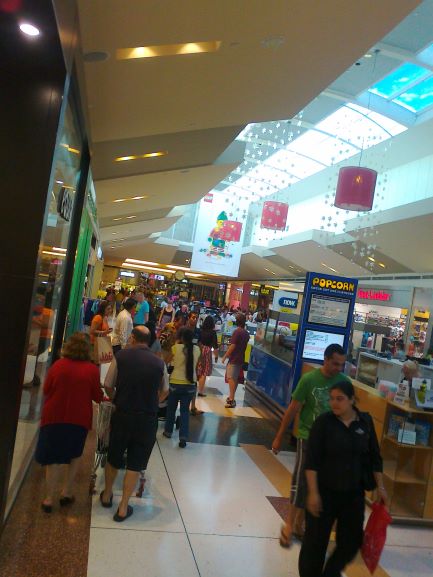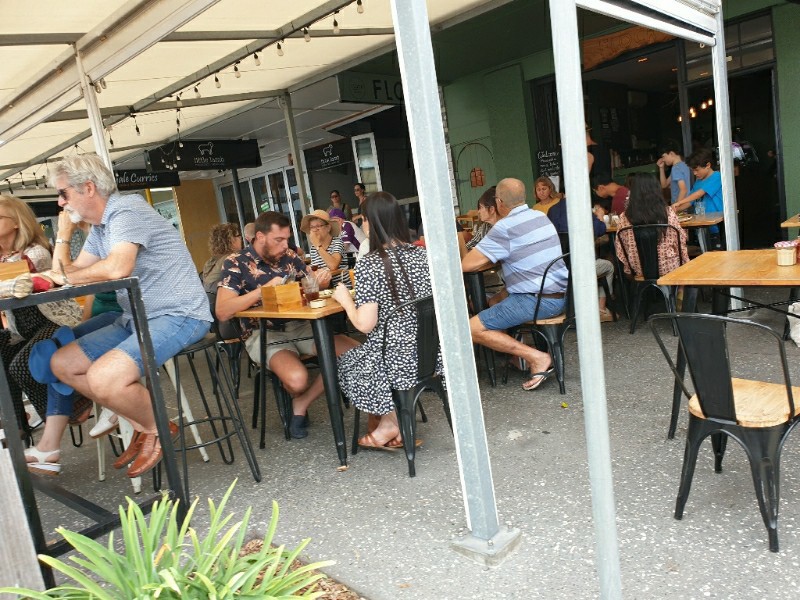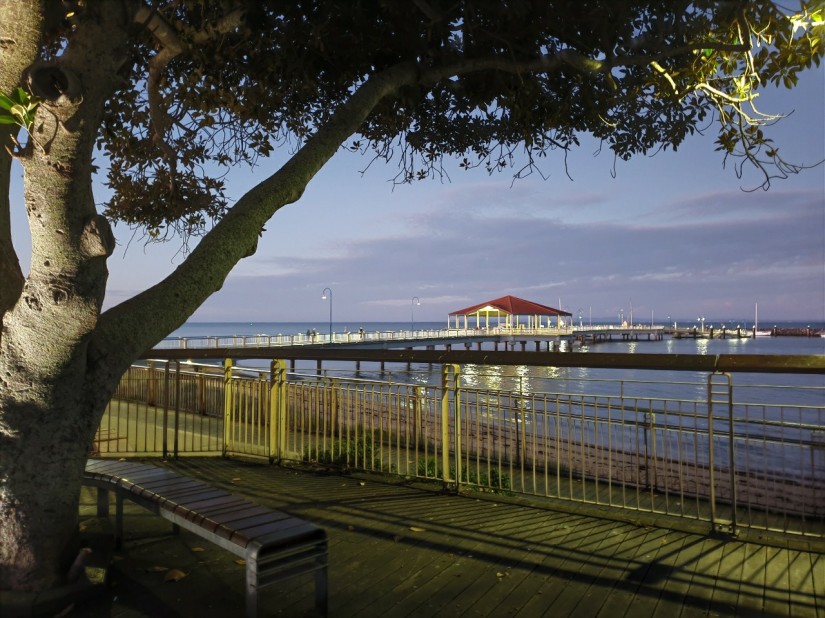While Scandinavia observes the time-honoured rituals and traditions of Advent and selecting a live fir tree, Australian shoppers prepare for their Christmas experience by visiting Westfield shopping centres and erecting plastic Christmas trees.
Perhaps you call them malls or something else, but these concrete Westfield centres pay homage to Western greed and indulgence. They are places where every possible gift or want could be exchanged for money. But visiting these venues at Christmas is not just about purchasing gifts, it is also an endurance experience.
It is cut-throat and dog-eat-dog – believe me.

For instance, it is not uncommon to experience a minor verbal brawl over the last free car parking space at Westfield at Christmastime.
Once the Christmas shopping is complete, arms laden with bags brimming with gifts, Aussie consumers dodge and weave the line-up of vehicles circumnavigating the Westfield car parks, like participants in the old video game: ‘frogger.’
Woe betide any shopper arriving late to the shopping party (i.e. after 10 in the morning) as this automatically marshals you into a ‘hunt.’ To snag a spare car park after 10 am at Westfield is like winning the lottery. Any human carrying shopping bags in the car park precinct is stalked and followed in the desperate hope the ‘prey’ will vacate their car park and not just offload their gift cache and return to the shops for a second ‘run’ through the Christmas crowds.
Every man must fend for himself in this retail frenzy.
Thinking Outside the Box
I know of one homeowner who capitalised on Xmas, finding a silver lining in the chaos. Compensating for the proximity of his home to a Westfield shopping centre, he made a small fortune in tax-free cash, renting out his yard as an impromptu car park to desperate shoppers in the days leading up to and after Xmas.
Good on him. There has to be some compensation for tolerating the bastion of consumerism at your back door.
However, Westfield’s days seem to be limited – the pandemic has changed the consumer landscape forever.
Shopping online, or choosing to ‘click and collect’, saves most consumers time and stress. Modern youth embraces it – despite issues with delivery (tell me about it) and the fact that buying online produces more fossil fuels in transport and the manufacture of the necessary plastic packaging. This includes black plastic packaging, which can’t be recycled at all due to carbon black pigments.
So, I ask: what is the future for the behemoths of consumerism and the acres of asphalt that constitute the car parks?
Will the ‘Christmas Shopping phenomenon, the ruthless haggling over car park spots, and the bustling Westfield Xmas chaos relegate the concrete monoliths to a slow decay, unwanted and unable to adapt?
Is there still a place for the in-store shopping experience?
What do you think?











